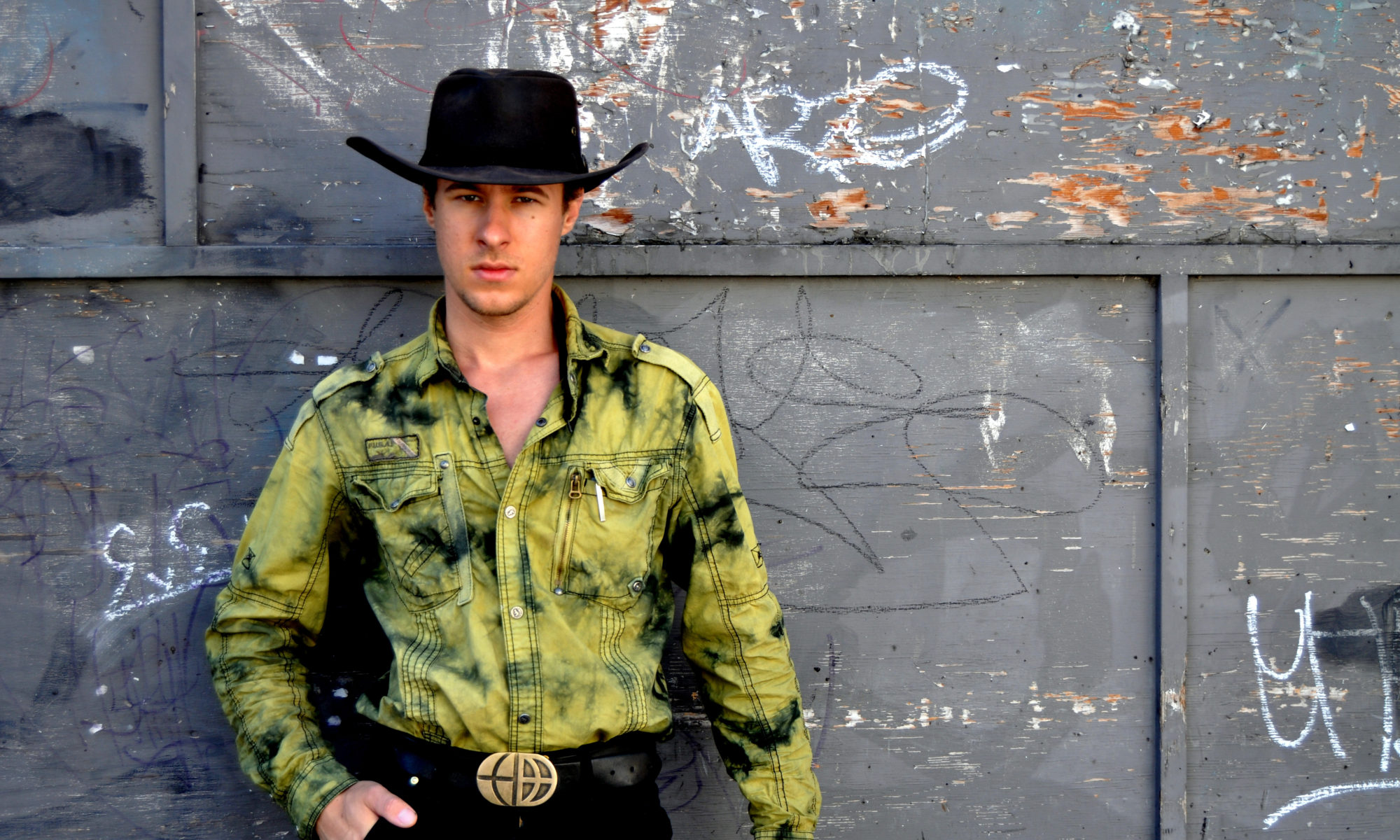By Caitlin Feldman
The Times (Pamplin Media)
Joseph Rastovich recently bought a forklift. It’s not the most common tool in an artist’s kit, but it’s just not that easy to move around 20 feet tall steel sculptures by hand.
On occasion, the 22-year-old envies artists with more portable crafts, but he isn’t jealous enough to focus on work with a different medium—you can’t choose what you love.
Last fall, the self-trained sculptor happened to be at a gallery at First Thursday in Portland when he began talking to Diane Kruger with Signature D Art Consulting. She mentioned that Tualatin was accepting applications for a public art piece to celebrate it’s centennial, and that he should apply. With a week left until the deadline, Rastovich whipped together a concept, sent it in and was chosen to create the piece.
“It was really a tight deadline, but I’m used to that,” he said. “People who know me say I’m like the busiest person they’ve ever known, because I’m just always working on something.”
Even with the limited time Rastovich had to create a concept for the piece, which he titled “Lazy River,” as he closes in on its completion, not much has changed from the original blueprint. Standing 20 feet above the ground, the steel sculpture’s bendy shape represents both the Tualatin River and a mastodon tusk, two elements the artist felt were crucial to the city’s history.
The sculpture will be covered in about 32 embossed icons, which Rastovich chose by working closely with the Tualatin Historical Society to discover what makes Tualatin the city it is today. Among the icon representations are local flora and fauna, pioneers, crawfish, hops, railways, Native Americans and agriculture.
“The Tualatin ‘Lazy River’ sculpture very much tells a story with all the icons and the abstract symbolism of the form,” Rastovich said. “Basically, it’s kind of like this static storyteller to tell people the history of Tualatin, where Tualatin is now and about the things that have gone on. It’s nice to be aware of what has happened in your local area.”
This sculpture, along with one more he’s working on, make for a total of eight public art pieces that Rastovich has created since his first at age 18. By that point, he’d already been a professional sculptor for two years. With two professional artists for parents, Rastovich doesn’t really see how he could have gotten involved in anything else.
“It’s kind of hard not to be an artist when you’re immersed in the art world your entire life,” he said. “I just love building things, and I love working with steel because it’s so malleable and so fluid. You can infinitely change it. You can cut it, you can plasma cut it, you can weld it and then you can weld it again … It’s just a beautiful material to work with.”
Rastovich’s first public sculpture measured about 9 feet high, but as his art progresses, the projects get bigger and bigger. Hence the forklift. Most of the pieces are made at his studio in Kennewick, Wash., and then transported to their final destination upon completion. The “Lazy River” sculpture is scheduled to be installed in Tualatin Commons sometime this July. It will rest about 75 feet south of the Martinazzi Avenue/Nyberg Street intersection, just a few steps from the sidewalk.
While the hand-built sculpture is mostly complete, Rastovich is currently in the process of creating the icons, which he will then attach before painting the entire structure. The plan is for the color to be oxidized bronze, which will end up being a kind of muted blue — simultaneously striking and subtle. The ultimate goal with this sculpture as with many of the young artist’s pieces, is to make people stop and think, and to hopefully motivate them to be more creative in their own lives.
“Public art is really great because it creates a space. Personally, I believe it increases the quality of life for the people who interact with the sculptures. It just creates monuments that are a break from the linear world of the city,” Rastovich said. “Without public art, the city is very grey, has very hard concrete and very linear surfaces. But with sculptures, they provide a break for the human mind and the eye and consciousness. They make people think. They can make people inspired to do different things. And they also, in many ways, help tell a story.”

